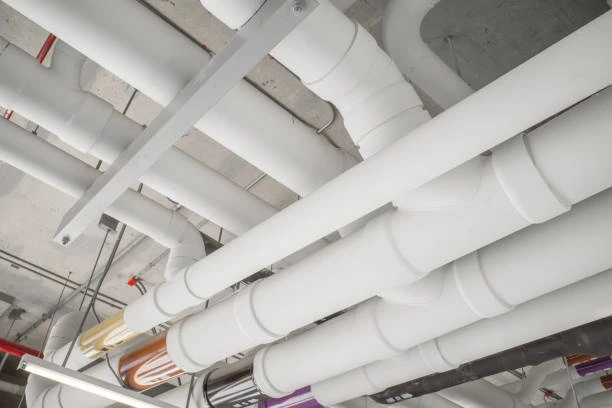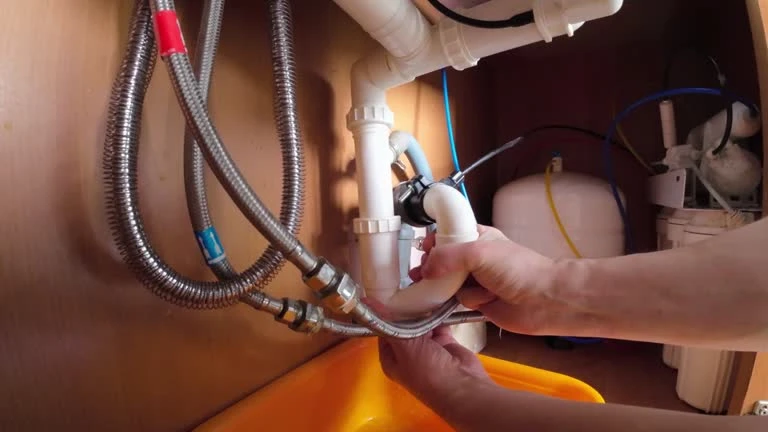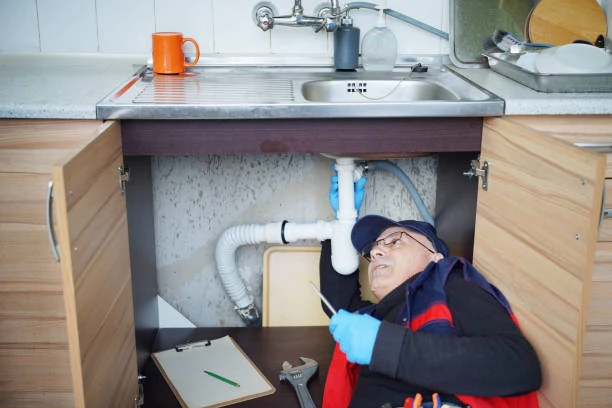Introduction to Ball Valves in Nuclear Power Plants
Ball valves are crucial components in nuclear power plants. They control the flow of liquids and gases within the system. These valves must withstand extreme conditions such as high temperatures, pressure, and radiation. In addition, nuclear power plants require valves that ensure safety and reliability. The cryogenic ball valve, which operates at extremely low temperatures, also plays an essential role in certain nuclear applications, especially in cooling systems. Understanding the challenges faced by ball valves in these plants is critical for improving safety and operational efficiency.
High-Temperature and High-Pressure Challenges
Nuclear power plants operate under high temperature and pressure conditions. These extreme environments put tremendous stress on ball valves. The materials used in the construction of ball valves, such as stainless steel or alloys, must resist corrosion, thermal expansion, and other forms of degradation. A cryogenic ball valve, used in cooling systems, faces even more challenges in maintaining functionality at low temperatures. For example, the sealing components of a ball valve must withstand high pressures in primary coolant loops without compromising performance. Regular maintenance and inspection are necessary to ensure these valves perform as expected under such harsh conditions.
Radiation Exposure and Its Effects on Ball Valves
Nuclear power plants involve the use of radioactive materials. This exposure can affect the performance and integrity of ball valves. Radiation can degrade the seals, gaskets, and other components, causing leaks and valve failure. The materials used to make ball valves, especially those in direct contact with radioactive substances, must be carefully chosen for their resistance to radiation damage. The cryogenic ball valve, which is often used in cryogenic cooling systems, faces specific challenges in maintaining performance when exposed to radiation. Specialized coatings and materials can help mitigate the effects of radiation, ensuring that these valves continue to operate safely.
Valve Materials and Their Limitations
Selecting the right materials for ball valves is crucial in nuclear power plants. Materials must have high resistance to radiation, corrosion, and temperature fluctuations. Stainless steel, titanium, and specific alloys are commonly used, but even these materials face limitations in extreme conditions. For instance, ball valves exposed to high temperatures may experience material fatigue, leading to potential leaks. Cryogenic ball valves, designed for low temperatures, need materials capable of performing under severe thermal stresses. Moreover, the materials used must have long-term stability under radiation exposure. Regular testing of materials is necessary to ensure that they meet the stringent standards required in nuclear power plants.
Valve Seals and Leakage Prevention
Seals are a critical part of ball valves in nuclear power plants. A malfunctioning seal can lead to fluid or gas leaks, which could result in safety hazards. In nuclear plants, leaks can have severe consequences, so preventing them is a top priority. The seals used in ball valves must resist both high temperatures and radiation while maintaining their elasticity. In cryogenic systems, seals must withstand extreme cold without becoming brittle. The cryogenic ball valve, in particular, faces challenges in maintaining a proper seal at low temperatures, as cold temperatures tend to cause seal materials to contract or crack. Thus, selecting the right seal material is key to valve performance.
Valve Actuation and Control in Nuclear Power
The operation of ball valves is typically controlled by actuators that regulate the valve’s opening and closing. In nuclear power plants, these actuators must function reliably to maintain system integrity. The valve actuation process can be influenced by several factors, including high pressure, temperature, and radiation. For cryogenic ball valves, actuators must perform in low-temperature conditions without freezing or malfunctioning. Furthermore, the control systems for ball valves must be precise and responsive to ensure safe operations. Issues like actuator wear or control failure can lead to shutdowns or safety risks. Thus, regular testing and calibration of actuation systems are essential for reliable valve performance.
Maintenance and Inspection Challenges
Ball valves in nuclear power plants require rigorous maintenance and frequent inspections. The extreme conditions in these plants cause wear and tear on the valve components. Routine maintenance procedures, including valve cycling, seal checks, and pressure tests, are crucial for ensuring valve reliability. Cryogenic ball valves, which often operate in cooling systems, need to be inspected for temperature variations, leakage, and seal integrity. Given the potential risks of valve failure in nuclear power plants, maintenance schedules must be strictly followed. Specialized equipment is also required for inspecting ball valves in nuclear plants, particularly those in high-radiation areas.
Ensuring Valve Longevity and Reliability
Ensuring the longevity and reliability of ball valves in nuclear power plants is an ongoing challenge. Over time, the materials used in valve construction degrade due to radiation exposure, temperature fluctuations, and pressure changes. To extend valve life, advanced materials and coatings are used, and predictive maintenance technologies are employed. Cryogenic ball valves, for example, need to be carefully monitored for any signs of wear or damage, as their performance can directly impact the cooling systems. Innovations in valve design and materials are essential to improving the reliability of ball valves and preventing premature failures.
Conclusion: Overcoming Challenges for Safe Operation
In conclusion, ball valves, including cryogenic ball valves, face a series of challenges in nuclear power plants. These challenges range from high temperature and pressure to radiation exposure and material limitations. Effective valve design, material selection, and maintenance practices are essential to ensure the safety and reliability of these components. By addressing these challenges, nuclear power plants can maintain stable operations and minimize safety risks. Continued research into materials, valve designs, and predictive maintenance technologies will further improve the performance of ball valves, ensuring they remain a vital component in nuclear energy generation.
IFAN Products international standards
IFAN products strictly adhere to a comprehensive range of international standards, encompassing ISO 15874, EN 15874, ASTM F2389, DIN 8077/8078, GB/T 18742, NBR 15884, ISO 15494, EN ISO 15494, GB/T 19472, NBR 15494, ASTM 2846 (501), DIN 8079/8080 (502), ASTM F441/F441M SCH80 (503), DIN (504), DIN (505), GB/T 18993, AS/NZS 1477, CSA B137.6, NSF/ANSI 14, TIS 17-2532/1131-2535, BS 3505, BS 4346 (801), ASTM D1785 SCH40 (802), ASTM D1785 SCH80 (803), DIN (804), GB (805), GB (806), GB(901), DWV(902), ASTM D2665 (903), along with ASTM D2241, D2665, D2729, and F441/F441M series, ISO 1452, EN ISO 1452, DIN 8061/8062, GB/T 10002, AS/NZS 1477, JIS K6741, CSA B137.3, and other national and industry norms.
Connect
IFAN is a Chinese manufacturer of plastic pipes, fittings and valves with 30 years of experience. If you are interest in IFAN copper fittings, copper valves, plastic pipes and fittings, please contact us. IFAN offers you a variety of standard pipes to meet your specific needs. Click below to learn more about IFAN’s wide range of affordable and cost-effective valve products and piping system related products.
We will reply your email or fax within 24 hours.
You can call us at any time if there is any question on our production.
For more information,pls visit our webside https://waterpipefitting.com/
Pls Mailto: [email protected]
Whatsapp: +86 15088288323














Recent Comments